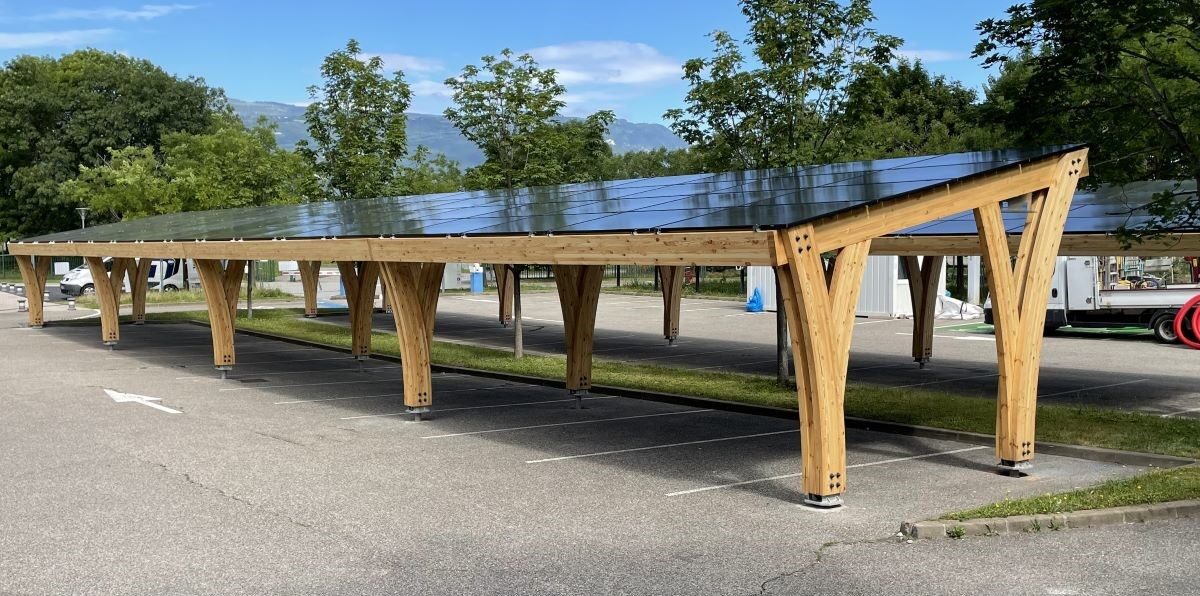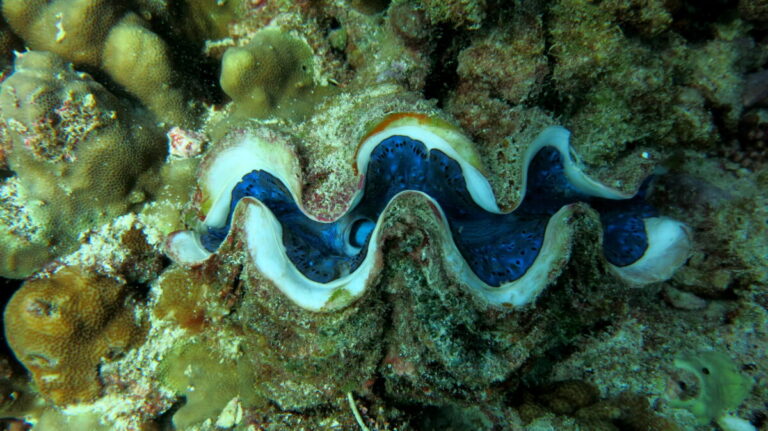Giant clams have intriguing solar potential, say scientists at Yale University.
Image: Pooja Rathod, Wikimedia Commons
Anyone interested in boosting the efficiency of their solar panels should consider taking inspiration from giant clams in the shallow waters of the western Pacific Ocean, as a recent study led by scientists at Yale University suggests.
The scientists are currently working to secure funding for further proof-of-concept scale devices that work on the mussel’s unique principles, lead author Alison Sweeney said. pv magazine. The mussels have distinctive bright blue ‘lips’ covered in shiny material that reflects light and directs it inwards towards photosynthetic algae in their dark guts to create energy. Their outer shell has algae that grow in vertical columns.
In the study “Simple mechanism for optimal light use efficiency of photosynthesis Inspired by giant clams”, published in the magazine PRX: Energythe academics took into account the fact that mussels move and stretch in the sun all day to maximize their efficiency. It presents an analytical model for determining the maximum efficiency of photosynthetic systems based on the physical structure, movement and light-scattering characteristics of the creatures.
“We would love to hear from potential industry partners who could benefit from our insights on the mussels,” Sweeney said. “The mussels show us a simple strategy to perform photoconversion at the optimal light intensity for a given material, while absorbing almost all of the ambient energy at a higher intensity. This would cover any organic photovoltaic material, or any plan to use biological photosynthesis for biofuels or biorefinery inputs. The giant shell design is important for any photoconversion technology that is sensitive to photodamage or exhibits reduced quantum efficiency with increasing solar flux.”
The scientists’ mathematical model calculates the mussel’s quantum efficiency: their ability to convert photons into electrons. Taking into account changes in sunlight and the environment, they found that the average quantum efficiency of these mussels was 42%. And when the movements of the mussels were added, this increased to 67%. By comparison, the quantum efficiency of a green leaf system in a tropical environment is only about 14%.
The mussel’s solar potential is already known, but according to the researchers, the new calculations offer an intriguing opportunity for cell manufacturers to explore. For example, the industry could consider stretchable material for panels or growing algae on panels, but also other options. This study is part of a series from Sweeney’s lab looking at how the natural world can influence sustainability practices in the industry.
This content is copyrighted and may not be reused. If you would like to collaborate with us and reuse some of our content, please contact: editors@pv-magazine.com.
Popular content



